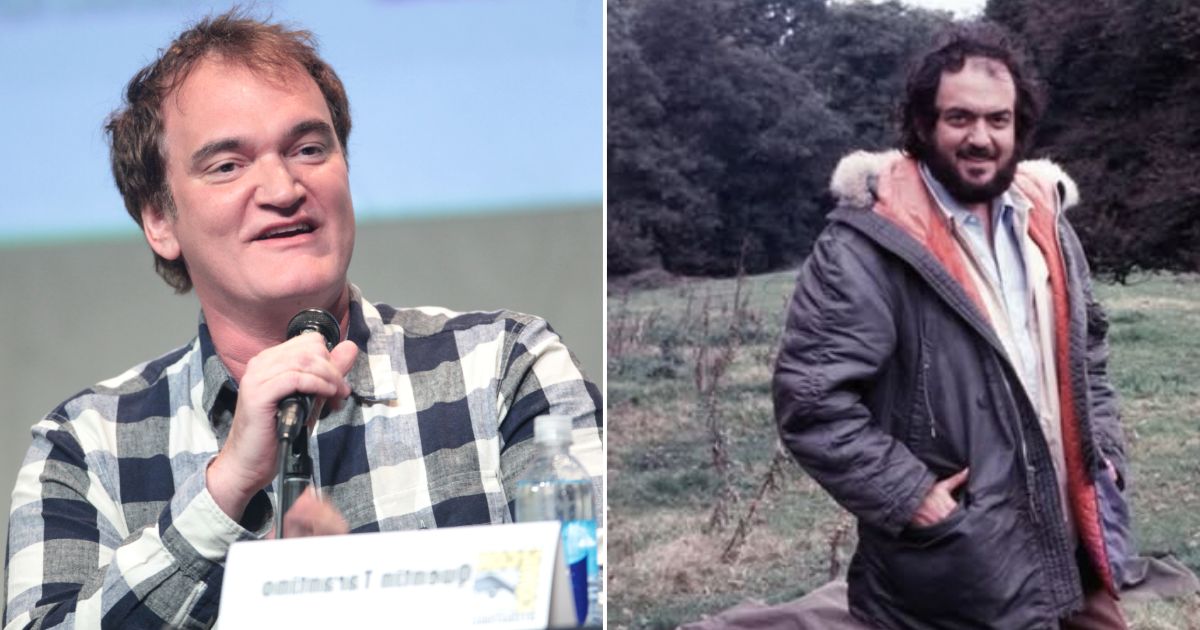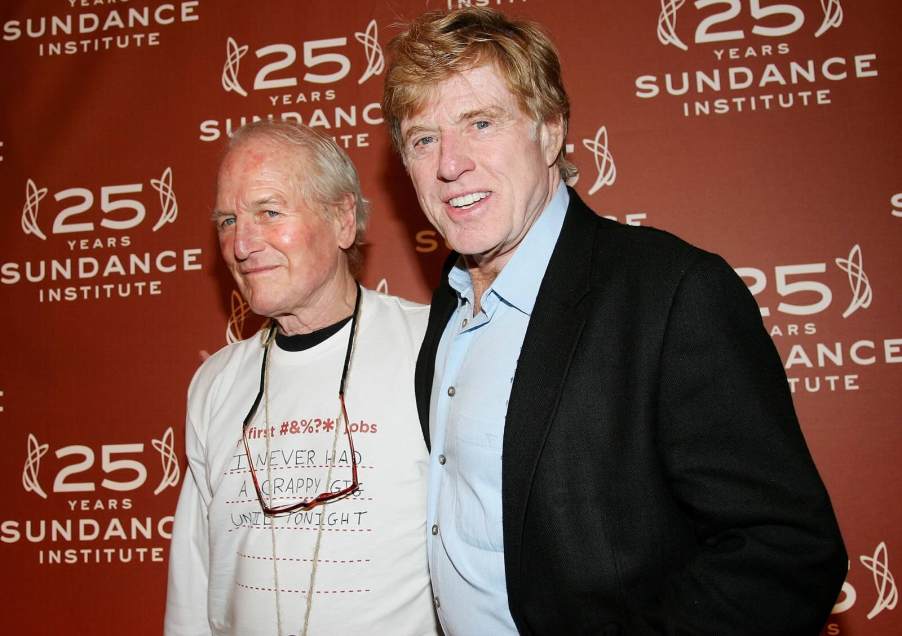
How Stanley Kubrick’s The Killing Shaped Quentin Tarantino’s Reservoir Dogs
Long before Quentin Tarantino’s bold debut in the early 1990s, Stanley Kubrick had already laid the groundwork for the modern heist movie. Released in 1956, The Killing wasn’t just Kubrick’s breakout film. It was a turning point in the crime genre that would inspire generations of filmmakers, including Tarantino himself.
Kubrick, only in his twenties at the time, crafted a heist film that didn’t just follow a plan — it dissected it. With its sharp editing, non-linear storytelling, and deep character motivations, The Killing brought a fresh structure to Hollywood crime films. Nearly four decades later, Tarantino would pay homage to Kubrick’s method with his own debut film, Reservoir Dogs.
The Killing Introduced a New Blueprint for Crime Films
Adapted from Lionel White’s novel Clean Break, The Killing follows Johnny Clay, a seasoned criminal played by Sterling Hayden, as he organizes a daring racetrack robbery. Rather than focusing on the action, Kubrick dives into the minds of each participant, showing their reasons for taking part and the risks they’re willing to take.
Kubrick used a bold storytelling technique: moving back and forth in time, switching perspectives, and layering the same event from different viewpoints. The voiceover narration, delivered in an objective and almost documentary style, keeps the audience anchored even as the timeline jumps around. For a 1950s film, this structure was a major innovation.
Instead of just being a slick caper, The Killing becomes a tense, human drama. Every man in the group has something to lose. That emotional depth makes the audience care more about the outcome than just whether or not the money gets away. Kubrick never exaggerates their stories for pity — he simply shows them as flawed, believable people.
And like all great heist films that followed, Kubrick made one thing clear: when one piece of the plan falls apart, everything else is at risk.
Tarantino Called The Killing His Favorite Heist Film
Quentin Tarantino’s Reservoir Dogs doesn’t try to copy The Killing shot for shot, but the influence is everywhere. From the fractured storytelling to the idea of assembling a crew of criminals with clashing personalities, it’s clear Tarantino was building on Kubrick’s foundation.
In interviews after Reservoir Dogs premiered, Tarantino openly praised The Killing. He told the Seattle Times in 1992, “I didn’t go out of my way to do a rip-off of The Killing, but I did think of it as my ‘Killing,’ my take on that kind of heist movie.” At Cannes, he added, “The Killing is my favorite heist film, and I was definitely influenced by it.”
Tarantino’s film follows a failed jewelry store robbery told in a jumbled timeline, just like Kubrick’s race track heist. While Tarantino adds more dialogue-heavy scenes and stylized violence, the DNA of The Killing is easy to spot.
Just as Kubrick elevated the crime genre in the 1950s, Tarantino reinvented it in the 1990s. But he couldn’t have done that without the groundwork Kubrick laid decades earlier.
The ripple effect is massive. Reservoir Dogs led directly to Pulp Fiction, which then inspired countless other films. In that way, The Killing didn’t just influence one director — it shaped an entire generation of storytelling.
Kubrick’s genius wasn’t just in what he created, but in what he sparked in others. The Killing might not have made huge waves in 1956, but today it’s clear how far its influence reaches. From its innovative structure to its deep character work, the film set a new standard. And thanks to filmmakers like Tarantino, it lives on through the art it inspired.
Stanley Kubrick may have called it his first mature film. Film history will remember it as one of his most important.
Popular Categories





:max_bytes(150000):strip_icc()/Ryan-Kiera-Armstrong-sarah-michelle-gellar-buffy-the-vampire-slayer-051525-2f6d04b7fb4f40ecbe242f253d518faf.jpg)